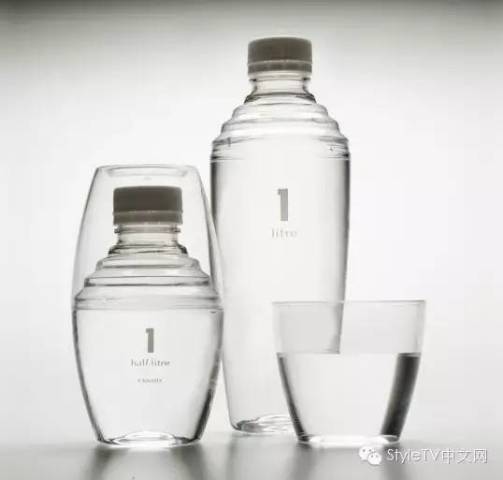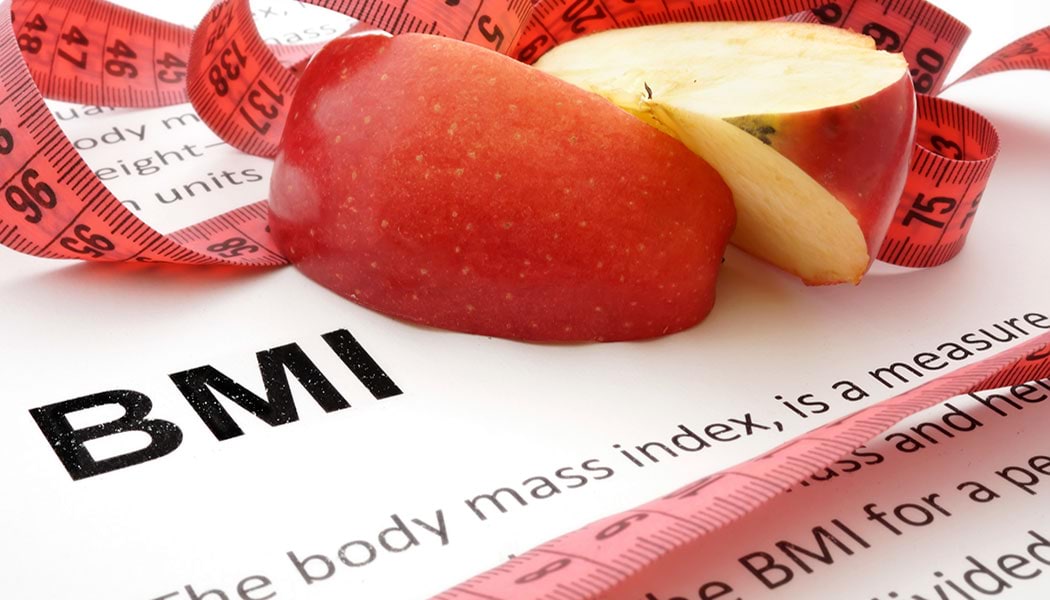In recent years, the European Union has taken a firm stance on food safety and consumer health by banning certain food additives. This decision has sparked debates and raised questions about the safety and necessity of these substances in our daily diet. In this blog post, we’ll delve into the reasons behind the EU’s stringent regulations on food additives, explore some specific examples of banned additives, and understand the broader implications for consumers and the food industry.
The EU’s Framework for Food Additives
The EU’s approach to food additives is governed by the European Food Safety Authority (EFSA), which provides scientific advice and risk assessments. The primary legislation regulating food additives in the EU is Regulation No 1333/2008. According to this regulation, any food additive used within the EU must be approved through a rigorous safety evaluation process. If an additive is deemed unsafe or unnecessary, it can be banned.
Reasons for Banning Certain Food Additives
Health Concerns:
Carcinogenicity: Some additives have been found to cause cancer in animal studies. For instance, certain artificial food colorings like Sudan I and Sudan IV have been linked to thyroid tumors in rodents.
Allergic Reactions: Food additives such as sulfites can trigger severe allergic reactions in sensitive individuals. The preservative metabisulfite, commonly used in winemaking, is a notable example.
Endocrine Disruption: Chemicals like phthalates, sometimes used to preserve the texture and appearance of foods, are known endocrine disruptors that can interfere with hormonal balance.
Lack of Necessity:
The EU takes a precautionary principle approach, meaning if an additive does not provide significant benefit to the consumer, it is better to err on the side of caution and ban it. For example, certain synthetic antioxidants like BHA -butylated hydroxyanisole and BHT -butylated hydroxytoluene are considered unnecessary when natural alternatives are available.
Misuse and Overuse:
Some additives are banned because they are prone to misuse or overuse by manufacturers. For instance, certain preservatives might be added in excessive quantities, leading to potential health risks. The use of nitrates and nitrites in processed meats is a contentious issue due to their association with increased cancer risk.
Examples of Banned Food Additives
- Erythrosine :Erythrosine, a synthetic red dye, was widely used in candy, ice cream, and baked goods. However, it was banned in the EU due to concerns about its potential carcinogenicity and hyperactivity in children.
- Potassium Bromate: Used as a dough conditioner in bread-making, potassium bromate was banned because it contains bromate, a substance that is toxic and can cause kidney and thyroid problems in animals.
- Natamycin: Although naturally occurring, Natamycin was banned as a food additive due to its antifungal properties that were considered unnecessary for consumer protection.
Implications for Consumers and Industry
The banning of certain food additives in the EU has several implications:
Consumer Health:Enhanced safety for consumers, reducing exposure to potentially harmful substances.
Increased demand for natural and organic products as consumers become more aware of what goes into their food.
Industry Adaptation:Manufacturers have had to innovate and find substitutes for banned additives, leading to advancements in food technology.
Smaller producers might face challenges in complying with new regulations, affecting their market competitiveness.
Global Trade:The divergence between EU regulations and those of other countries can create barriers in international trade. Products compliant with EU standards might not meet the requirements of other regions, complicating global supply chains.




